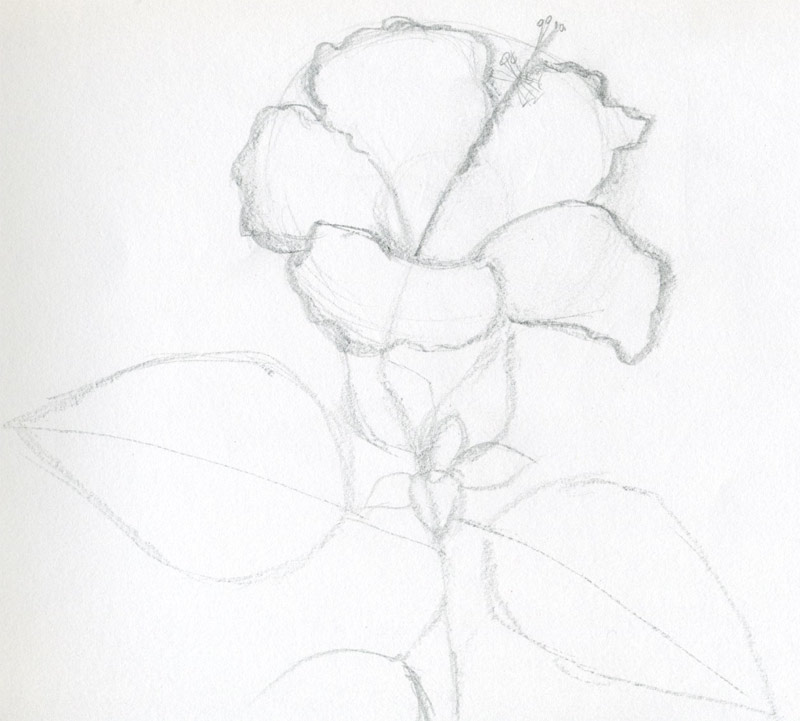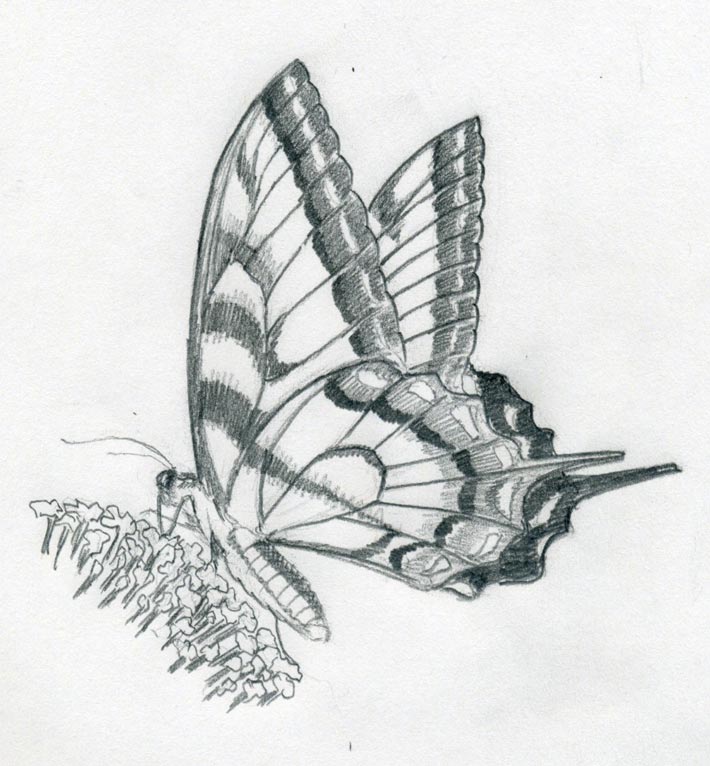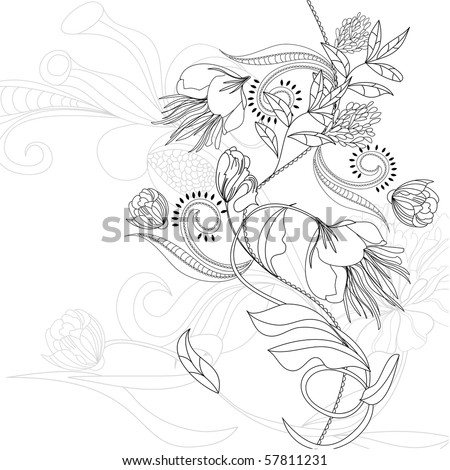Roses are such well-loved flowers, and are a popular choice for watercolors. To begin a painting of roses, do a sketch of your vase and flowers. Decide ahead of time how you will handle your background. When painting white flowers it is a good idea to have a dark background which will help your roses to "pop" or to stand out. Show in your pencil value sketch where you brightest whites and darkest darks will be placed. Plan your focal point, placing this area off-center to add more interest. Do the same with your vase. If it is in the middle of your paper it will be less interesting.
Once your value sketch is completed and your subject has been penciled in on your watercolor paper you are ready to paint. If you want to use masking fluid to preserve some of your white paper, this is the time to apply it. Remember to wet your brush, then coat it with soap before dipping it into te masking fluid! If this step is overlooked, you may not be able to remove the masking fluid from your brush and it will be ruined. ( Some of the masking fluids come with an applicator.) Once it has dried, you will paint right over it. When your painting is complete, it can be removed with an eraser or your finger, revealing the preserved area of white paper.
Some of your white roses need not be white! A diluted wash of rose madder genuine on some petals, and aureolin yellow on others will give your painting some depth. Mix these two colors together, and use as a light wash to give more interest to your painting.
Vary your leaves and stems. Have some leaves twist and curl. Show more detail in your foreground and let some fade off into the background. Remember your light source throughout your painting. Give your stems a delicate curve, don't use straight lines. Use a variety of greens, both cool and warm. Practice mixing greens.
Paint highlights on your vase, but don't overdo. This is a case of less is more. One or two well placed highlights is much more effective than many. One additional thought; a fallen petal or two can add a nice touch.






